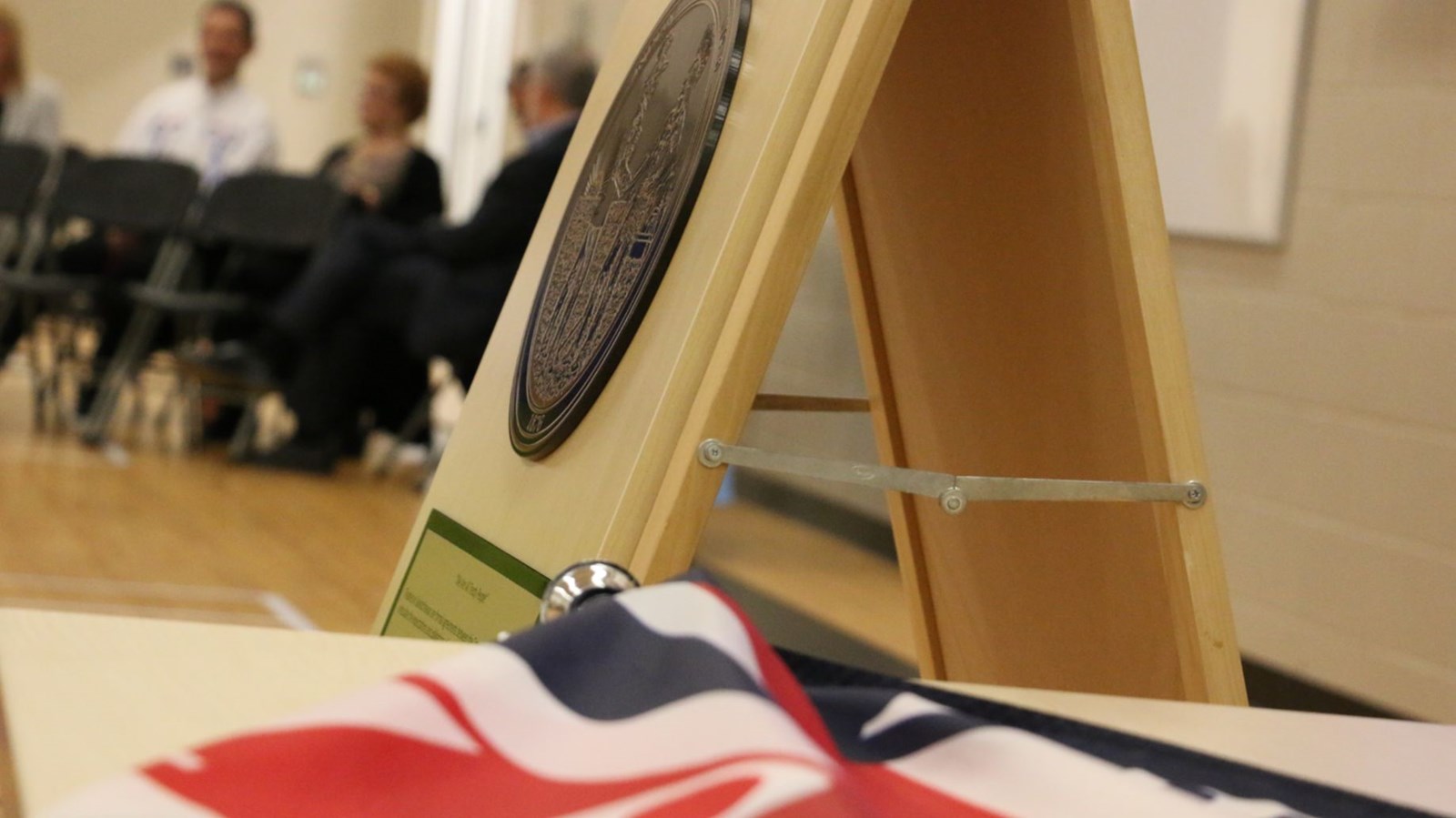February is Indigenous Storytelling Month, and we asked Delvin Kanewiyakiho, First Nations, Métis and Inuit Education Consultant and Knowledge Keeper with Greater Saskatoon Catholic Schools what that means and why it’s important.
Q: Why is storytelling important in Indigenous culture?
Delvin: Storytelling has been a way for information to be passed on from one generation to another via the oral tradition. As younger people apprentice under master teachers, knowledge keepers, and elders, information from these sources is generated so people can have continuing pools of knowledge circulating within the Indigenous community.
Young people learn skills and knowledge that will eventually make them sovereign beings and self-governing beings. Literally, young people are not idle but constantly growing and eventually, they become knowledge keepers and pass this information on via oskāpēwisowin (apprenticeship), the state of being a helper apprentice.
All this starts with just a story, that youth hear from storytellers who are often master historians in their own right.
Q: How are stories used as teaching tools?
Delvin: Imbedded in stories would be lessons learned by wīsakēcak (who is involved in creation of animals) or the life forms he affected because of his relationship with them.
Long ago, nēhiyawak (Cree) would tell these stories in winter-time when it was cold out. Huddled in their lodges, warmed by a fire, storytellers would enthrall listeners, young and old, sharing stories about wīsakēcak, who everyone knew as their older Brother. Nēhiyawak believe this Being was supernatural and was sent here to this part of the world to help co-Create the world. Every tribal nation knows this Being by different names across regions throughout Turtle Island. These stories would tell of this Being who had interactions with humans and other life forms such as animals and birds. In interacting with all His Relatives, wīsakēcak would change things, like behaviors of life forms and even how they looked.
Q: Why is February designated Indigenous Storytelling Month?
Delvin: February is a time of storytelling because while the snow is on the ground, these rich stories are told so as not to disturb life forces. The old people say when these stories are told during the spring, summer, or fall, then life forms are disturbed from getting on with life. Goodness knows, when you disturb the life cycle of a life form, then that generation of life experiences a set-back. When these stories are told, the elders say, everything listens to these stories. When Life stops to listen, then non-human life forms are interrupted in their life journey as things prepare for the next winter, when life forms rest from their toil.
Q: Any final thoughts?
Delvin: Stories, and how stories play a role in helping young people learn and to begin their journeys as learners and knowers within the Circle of Life, are important. I hope this helps everyone understand the role of stories in our culture.







